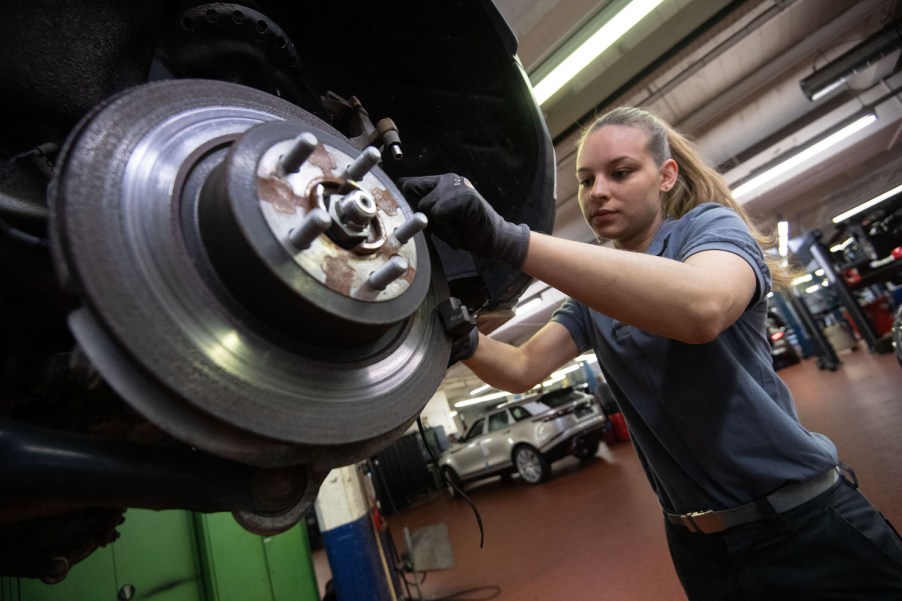
Car Checklist: What to Fix After Buying Your Classic American Car
So you’ve just bought a classic American car, maybe from Autotempest or Craigslist. If it’s in cherry condition, then it probably doesn’t need the five-star treatment right away. However, if it’s a project car that either doesn’t run or needs a little encouragement, it might help to have a game plan. Classic American cars have weak spots just like any other car, and hopefully, this list will help keep some perspective on what to look out for.
Fluids, fluids, fluids
An all-original classic American car from the 1960s that hasn’t seen an operating table is bound to have some weak spots, especially in the way of hoses. After sitting for a while, fluids can break down hoses and hard lines, causing a detriment to how the car runs. Rubber hoses, including vacuum lines, can break down from age alone, which causes vacuum leaks and can affect how the car behaves. Stick your head under the hood and take a look. Check the brake fluid level and color. If it’s dark, replace it.
Hoses are cheap, so replace them if any of them are cracked or showing severe aging signs. If fuel sits for decades, it becomes solid and can clog up the fuel lines, so be sure to check that as well. If the fuel cell still has gasoline inside, try to empty it and put fresh gas in before attempting to start the car.
Check and clean your classic American car’s cooling system
Pop open the radiator and look down the filler hole with a flashlight. If the car’s been sitting for years, so has the coolant. That gives it a chance to eat away at the radiator. With the flashlight, you can see if the inside has rusted. There are ways to clean it if it is, but you might be better off getting a new one. There are a few companies that make new aluminum radiators for classic cars.
Wheels may have seized, brake fluid could be old

Once you get your classic American car to your garage, get it in the air and check to make sure all the wheels spin. If a wheel doesn’t or can’t spin, it’s seized and may need a new wheel bearing. The same goes for the brakes. If it has drums, you may want to replace them immediately with discs. It’s more complicated, but drums can be more challenging to repair, and disc brakes are better in the long run. Don’t forget to check the tire condition.
Carburetor could have old gas

If you bought a classic American car, it probably has a carburetor. Just like with fuel lines, if there was any fuel in the carburetor, it may have solidified as well, according to Hyperlube. It may be worth looking to rebuilding the carburetor or, if you have the money, spring for a fuel injection conversion kit. Holley makes several affordable kits that can handle several hundred horsepower.
Electronics may be worn

Starting with the battery, check that your classic American car’s electronics are in decent enough shape. If the battery terminals have corroded, the battery may need replacing or just a good cleaning. Classic American cars need only a few ignition wires to start (not counting spark plug wires), so check that each one is clean and connected. Test each spark plug as well once the car turns over.
Your classic American car’s oils might be old

Check the oil wherever it exists on the car, including the engine, transmission, and differential. If the previous owner hasn’t changed anything since owning the car, or in several years, it may be worth the trouble to replace all the oil immediately. Transmissions and differentials are expensive to fix and replace, so new gear oil is a worthwhile investment.
If you’ve done everything on this checklist, the car should be safe enough to start. There are, of course, other things to check as you go along. The suspension probably needs new bushings or new pieces altogether, or the interior has a few holes in the floor. Until the car starts, brakes, and accelerates, those other parts can take a back seat.


